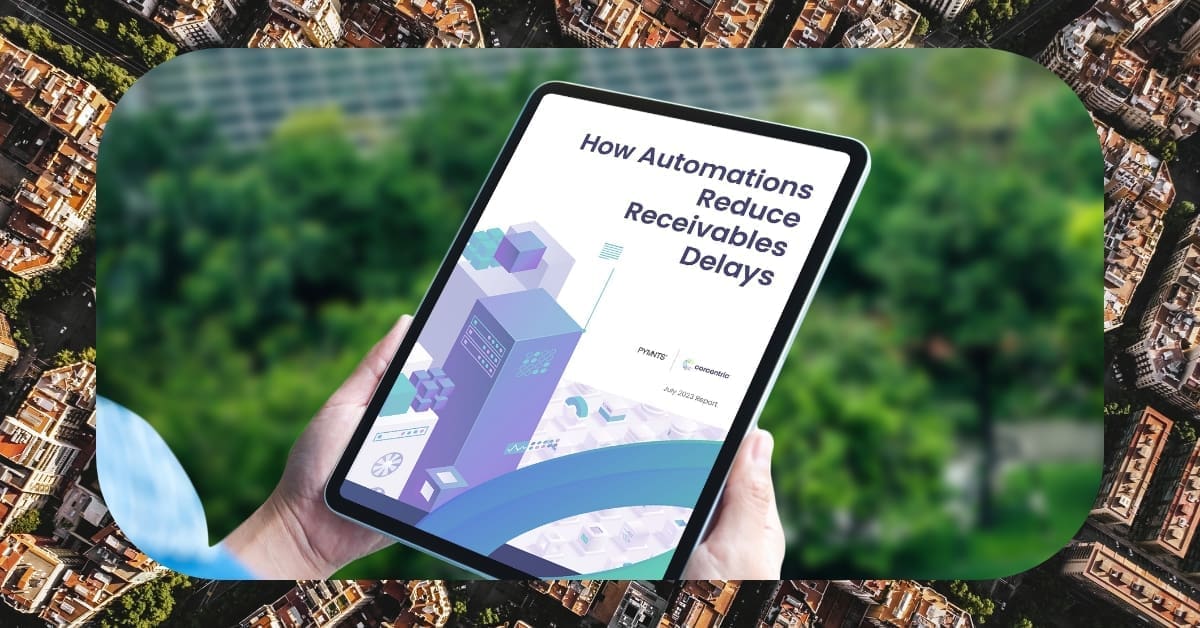Proactive Solutions To Achieve A Robust Procure-To-Pay Framework Through Managed Services
Corcentric

PROCURE TO PAY IMPROVEMENT
As an organization grows in size and complexity, so do the risks associated with the myriad of purchasing, invoicing, and payment processes. If the procure-to-pay (P2P) framework remains neglected, businesses are exposed to significant financial and operational risks, such as lack of visibility into the supplier purchasing process, incorrect invoice processing, and, ultimately, cashflow disruption. To safeguard against such risks, it is essential that companies strive to construct and maintain robust P2P infrastructure.
However, achieving P2P excellence it is no small undertaking. It requires the combination of internal stakeholders across departments, technology investments, and transformation of processes and protocols. Implementing such comprehensive overhaul, even with the greatest of resources, can present daunting task, and yet produces only limited returns if not done properly. Fortunately, one viable solution that can put organizations back on the path to success with maximum efficiency can be done through managed services
What are Managed Services
Managed services are third-party it ispecialists that provide on-demand remote or onsite technical expertise for businesses seeking to update, optimize, or modernize their network. Often, these offerings come with fixed budget and defined list of services that are easily and quickly consumable, which allows clients to break down and standardize their IT investments.
Leveraging managed services to yield robust P2P Framework
Cost stability and assured service delivery is what makes managed services so attractive. Depending on the budget and business needs, managed services can provide the flexibility and scalability needed to construct an ideal P2P system, while ensuring significant return on investment. Additionally, the hands-off manner of managed services frees up internal resources and grants greater visibility into specific processes and expenditure.
For the procurement and accounting departments, in particular, the benefit from remote managed services are substantial, streamlining the purchasing and inventory processes, via international tax automation solutions, and granting complete visibility through the self-check invoice scanning. This provides control to ensure the organization is not paying for any rogue or unauthorized services, as well as being certain all invoices are accurately validated and in compliance with business-level regulations. Finally, it is important for organizations to incorporate any additional systems into their procure-to-pay framework, such as procurement dashboards and performance management analytics, so that they can arrange the necessary insights to identify further cost-saving opportunities while upholding maximum efficiency.
Conclusion
Given the risks associated with an unwieldy P2P system, the importance of well-structured platform cannot be overstated. Managed services provide an effortless way to achieve such system, expediting the overhaul process and producing reliable returns on the investment made. In doing so, companies are provided with the financial control, visibility, and employee resources that can bring any procure-to-pay framework to full maturity.

